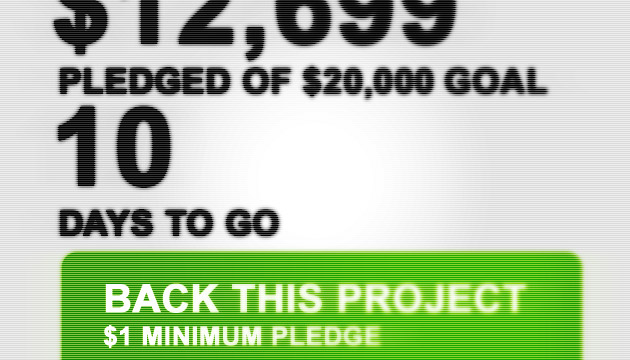I was recently invited to my first Kickstarter party. If you’re not familiar with the term, which I wasn’t either, a Kickstarter party is a party to celebrate the launch of a Kickstarter campaign. If you’re not familiar with Kickstarter, you probably haven’t read technology news in a while, because it is the largest, most notable crowdfunding site as of right this second.
In a previous post, I explained the rational and emotional grounds on which crowdfunding and Kickstarter have sprouted, focusing on the why and what aspects of the concept; however, in this post I would like to focus on the how.
Your journey with Kickstarter must start with an idea, and a bright one at that. If you have an idea that you would truly invest your own money in (if you had it), you can say it has Kickstarter potential. However, Kickstarter does not accept every project. Read the Kickstarter guidelines carefully before applying, and check to see if you have everything they require; for example, a functioning prototype of your product. Another good thing about Kickstarter is that it can be used as a market-research tool, providing you with real insight on how much interest your idea sparks in people.
Then you need to decide on a funding goal. Since Kickstarter is an all-or-nothing crowdfunding site, if you miss your goal by one dollar you get nothing, so this part is critical. Try to raise the minimal amount you need to kick-start your business and turn your dream into reality. Another factor influencing your goal is the time factor; you can choose how long your Kickstarter campaign will last—anywhere between one to sixty days is acceptable by Kickstarter; however, they have found that thirty-day campaigns are the most successful.
If your project does not get fully funded in time, all your backers get their money back.
In order to attract backers, you need to offer them rewards in return for their donations. Personalized mementos or experiences relating to your Kickstarter project are usually the most popular rewards.
Last but not least, you need to get the word out about your Kickstarter project. Create a video promoting your product—this has been found to be the most successful promotion method. Also, share the news with friends, family, coworkers, and people from your professional network. Just as with your backers, get people’s attention by writing them a personalized message telling them about your project in a way that will appeal to each and every one of them.
And, of course, you can always throw a Kickstarter party!
Related Posts
|
|
|






